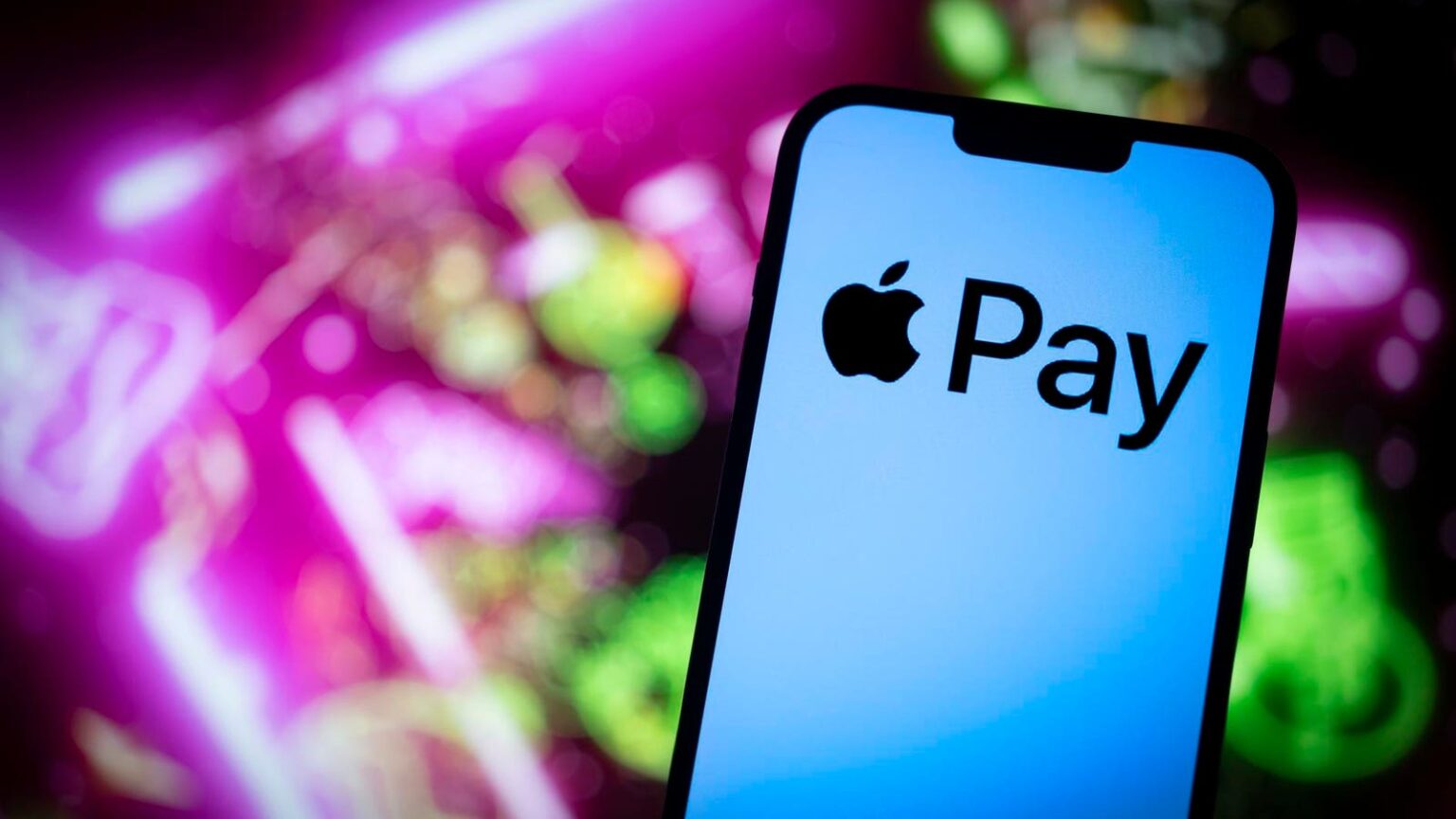On October 20, 2024, Apple Pay will celebrate its tenth anniversary, marking a significant evolution in digital payment methods since its launch in the United States. Over the past decade, contactless payments have become widespread, a trend likely to continue regardless of Apple Pay’s introduction. However, the next ten years promise to transform the Apple Wallet into a comprehensive tool for managing personal identities, tickets, and even vehicle access, redefining how individuals interact with digital payments and their personal information.
Historically, the transition to mobile payments was anticipated long before Apple Pay made its debut. The evolution of contactless payments began with simple methods such as RFID-enabled stickers and watches, which allowed users to pay conveniently without needing to carry traditional bank cards. Predictions dating back to 2008 highlighted the potential for mobile phones to become essential transactional devices as soon as contactless technology gained traction. Despite their foresight, banks and telecom companies struggled to cooperate, impeding the establishment of a cohesive mobile payments infrastructure. They were preoccupied with ownership disputes over consumer data, which ultimately left Apple to pave the way for consumer-driven solutions.
At its launch, Apple Pay faced a market characterized by fragmentation due to ongoing conflicts among banks, mobile operators, and retailers over customer engagement and payment responsibilities. However, since then, Apple Pay’s growth has been impressive, now available in 76 markets and supported by over 11,000 banks and 20 payment networks. Apple continues to enhance the user experience, enabling Apple Pay transactions through third-party web browsers, thereby broadening access beyond its own Safari platform.
Looking towards the future, Apple is positioning Apple Pay as more than just a payment method. Jennifer Bailey, Apple’s vice president of Apple Pay and Apple Wallet, announced a vision to transition from physical wallets to secure digital wallets capable of managing various aspects of personal identification and access. An early step in this direction is the introduction of mobile driving licenses (mDLs) in several U.S. states, designed to offer users more control over their personal data compared to traditional physical IDs. The mDL standard has also gained traction internationally, with countries such as Australia adopting similar digital identity verification mechanisms.
Among the possibilities for Apple Wallet’s future functionalities, the integration of digital car keys stands out. Bailey highlighted that such technologies could facilitate keyless access to vehicles, fostering a seamless connection between digital wallets and transportation systems. Apple has already been active in this space, participating in the Car Connectivity Consortium to promote standards that support digital key functionalities across multiple car manufacturers. The potential for contactless car rentals and related services represents a significant shift in consumer interaction with both digital and physical transportation.
As we transition into this new decade, the implications of Apple’s plans extend far beyond payment systems. The evolving digital identity infrastructure signifies a major step toward enhanced online service interactions, with Apple poised to play a leading role in shaping this landscape. The anticipated era of “Apple ID” reflects a comprehensive understanding of how individuals can manage their identity in an increasingly digital world. This transformation promises to impact social, economic, and technological spheres profoundly, and the next ten years may reveal unprecedented changes in how we perceive and utilize personal data and identity. Excitement surrounds the future of Apple Pay and its potential evolution into a holistic identity management system, enhancing the way individuals navigate their daily lives.

